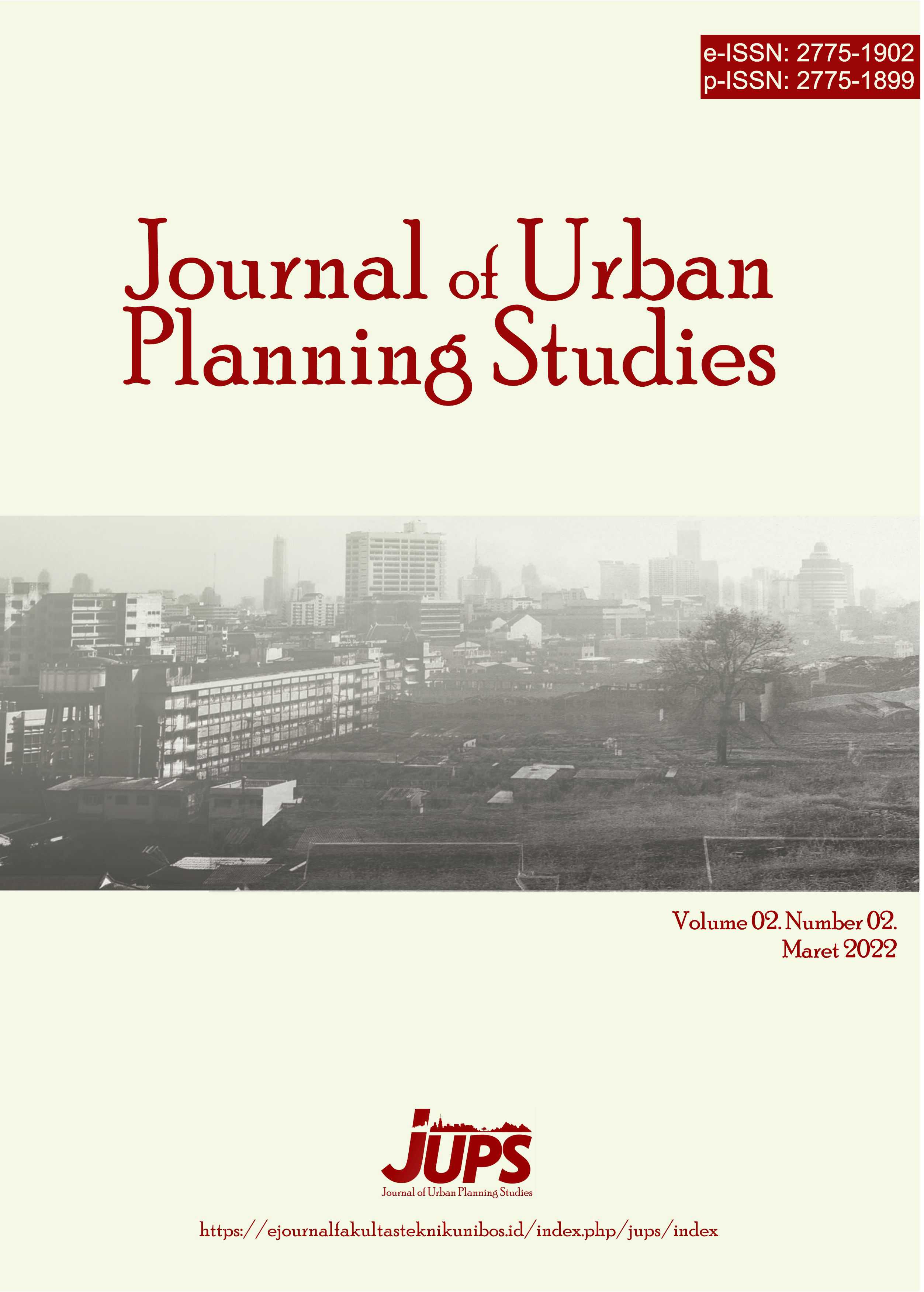Directions for Development of Latuppa Tourism Area in Latuppa Village, Palopo City Based on Community Participation
Study Location Latuppa Village, Mungkajang District, Palopo City
Keywords:
Arahan pengembangan wisata , Objek wisata air terjun, AgrowisataAbstract
This study uses a qualitative approach and a quantitative approach with the process of collecting data through field observations, then conducting interviews, taking and including documentation to distributing questionnaire sheets. Where the sampling technique using purposive sampling method. The data that has been obtained will then be analyzed using Chi-square analysis test and SWOT analysis.
From the results of the Chi-square analysis test that has been carried out, it is concluded that there are 4 (four) factors that have an influence on the development of the Latuppa Tourism Area so that it is difficult to develop them, namely tourism facilities, tourist infrastructure, promotion and accessibility. After doing a SWOT analysis, a strategy is obtained and then formulates the direction of developing the Latuppa Tourism Area in the future. The directives include, among other things, Zone I in its development which is intended as a natural tourism activity for Siguntu Waterfall. Zone II is intended for tourism activities such as Latuppa Agrotourism and Zone III is intended for natural tourism activities of Babak Waterfall.
Downloads
Published
How to Cite
Issue
Section
License
Copyright (c) 2022 A Megawati Putri Kampu, Agus Salim, Muh. Idris Taking

This work is licensed under a Creative Commons Attribution 4.0 International License.













